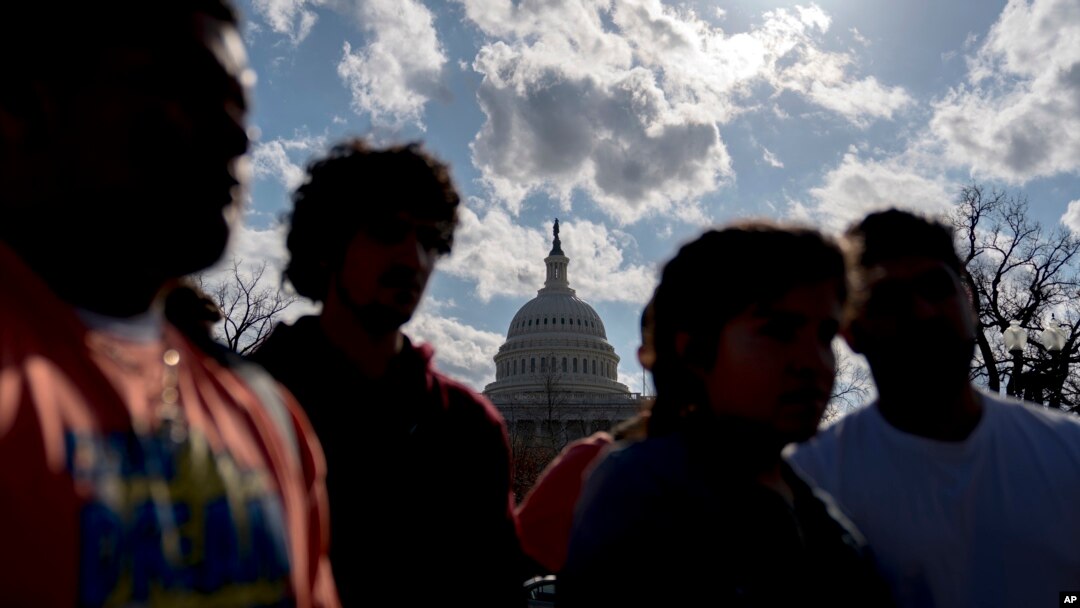The Trump administration is hardening refugee admissions to the United States by looking deeper into the background of applicants from 11 “high-risk” countries.
Officials declined to name the “high-risk” countries during a call with reporters Monday to announce the changes, but they have been widely reported as: Egypt, Iran, Iraq, Libya, Mali, North Korea, Somalia, South Sudan, Sudan, Syria, and Yemen.
An official said one difference will be “more in-depth interviews” for refugees from those countries; the new measures, which were otherwise described only in general terms, will only affect those countries on the list and may result in a “slowdown” for some arrivals. Many of the changes are expected to be implemented by the end of March, according to one official on the call.
The U.S. refugee program is already operating under dramatic cuts to arrivals across the board; at the current rate of arrivals, the U.S. will accept around 20,000 refugees this fiscal year. That would be a record low since the program began in 1980.
U.S. State Department data shows that since October, as U.S. officials reviewed the screening process for the 11 “high-risk” nationalities, as officials call them, few refugees from those countries have come — in some cases, none. At the same time, the rate of Muslim refugee arrivals dropped from 35 percent to 13 percent.
All but two of the countries affected by Monday’s announcement are predominantly Muslim; questioned about the recent sharp decline in the arrival of Muslim refugees to the U.S. as reported by VOA last week, administration officials denied that religion was a factor in the refugee admissions process.
President Donald Trump, and members of his administration, have repeatedly referred to a need for additional refugee vetting, citing “security” concerns.
Administration officials on Monday’s call also said the federal agencies involved in refugee screening will incorporate a more “risk-based” analysis when determining the annual ceiling — the maximum number of refugees that will be allowed in — as well as the regional allocations, which are set by the president.
One official said that analysis will be “informed by past experience or analysis of threats,” and that officials would have “more to say in the coming months” about what that risk-based analysis looks like.




